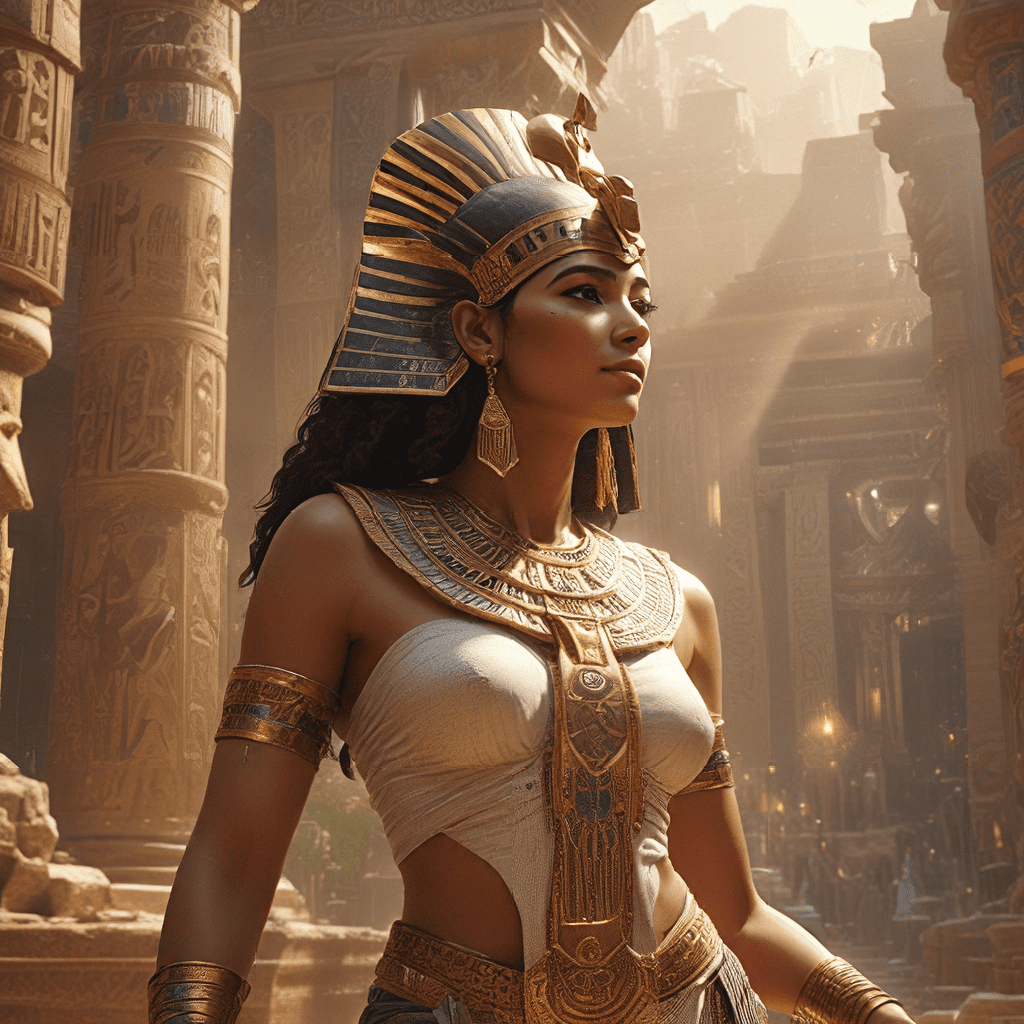The Creation Myth: A Breath of Life
In ancient Egypt, the very first breath was seen as the spark of life. It was a powerful concept, central to their beliefs about creation, the afterlife, and the human soul. The story of creation itself begins with a breath. The god Atum, the self-created being, emerged from the primordial waters of Nun. He breathed life into the world – the air, the land, the sun, and the stars. This breath, known as “Atem,” was the very essence of life, connecting all things.
The Role of Air and Breath in Ancient Egypt
Ancient Egyptians revered air and breath as vital forces. They believed that the air they breathed wasn’t just oxygen, but a tangible force that carried the energy of life and the power of the gods. This air, or “Atem,” was a divine element, a gift from the gods that sustained all living creatures. Just as we breathe to live, they believed that the gods breathed life into the world. This concept was so fundamental it heavily influenced their religious practices, funerary rituals, and even their art.
The God of Air and Breath: Shu
In Egyptian mythology, the god Shu was associated with air and breath. He was often depicted as a man with a feathered crown, representing the air and its connection to the sky. Shu was a powerful god, responsible for separating the sky goddess Nut from the earth god Geb. By doing so, he created space for the sun to travel across the sky, bringing light and life to the world. His role as the god of air and breath linked him directly to the life force that animated all things.
The Atem: The Breath of Life
The “Atem” was the vital breath that flowed through every living being. It was seen as the life force that animated the body, making it move, think, and feel. Without this Atem, there was no life. The Egyptians compared the Atem to a flame, flickering and ever-changing. It was a precious gift, and they believed it could be strengthened through good deeds and a virtuous life.
The Importance of the Atem in the Afterlife
For the Egyptians, death was not the end, but a transition to the afterlife. Their beliefs about the Atem played a significant role in their views on the afterlife. They believed that the Atem continued to exist after death. The soul, known as Ka, needed this Atem to survive in the afterlife. The preservation of the body during mummification was essential to the belief that the Atem could remain connected to the deceased and allow them to travel in the afterlife.
Rituals and Practices: Keeping the Atem Alive
Ancient Egyptians developed various rituals and practices to keep the Atem alive. These included:
* **Offering incense:** They burnt incense as a way to connect with the divine and to replenish the Atem.
* **Breathing exercises:** They practiced breathing exercises to increase their life force and to connect with the cosmic Atem.
* **Offerings of food and drink:** They believed that offering food and drink to the deceased would nourish their Atem and help them navigate the afterlife.
* **Mummification:** This process was crucial for preserving the body and the Atem, believed to remain connected to the deceased.
The Atem in Egyptian Art and Literature
The Atem was a constant theme in Egyptian art and literature. They often depicted the Atem as a stream of air, flowing from the nostrils of the gods or from the mouths of the deceased. The hieroglyph for ‘life’ is a symbol resembling a pair of lungs, demonstrating the importance of breath in their culture. The Book of the Dead, a collection of spells and prayers for the afterlife, features spells designed to maintain the Atem of the deceased in the afterlife.
The Atem in Contemporary Culture
The concept of the Atem continues to resonate in contemporary culture. We still use phrases like “catch your breath” or “take a deep breath” to describe moments of stress or relaxation. The Atem, a simple yet profound symbol of life, reminds us of the delicate balance between our physical and spiritual selves.
The Symbolism of Breath in Human Experience
The act of breathing is a fundamental human experience. It connects us to the world around us and to the life force that pulsates within. From a physical perspective, it sustains life. However, breath also holds symbolic meaning. It can be a symbol of hope, renewal, and the power of the spirit. In many cultures, the breath is associated with the soul and the connection to the divine.
Concluding Thoughts: The Enduring Power of the Atem
The Atem, the breath of life, is a powerful concept that has resonated through generations. It is a reminder of the fragility and beauty of life. The ancient Egyptians believed that the Atem was a precious gift and that it should be cherished and nurtured. Their beliefs about the Atem offer us a timeless message: we should be mindful of our breath, appreciating the life force that flows through us.




